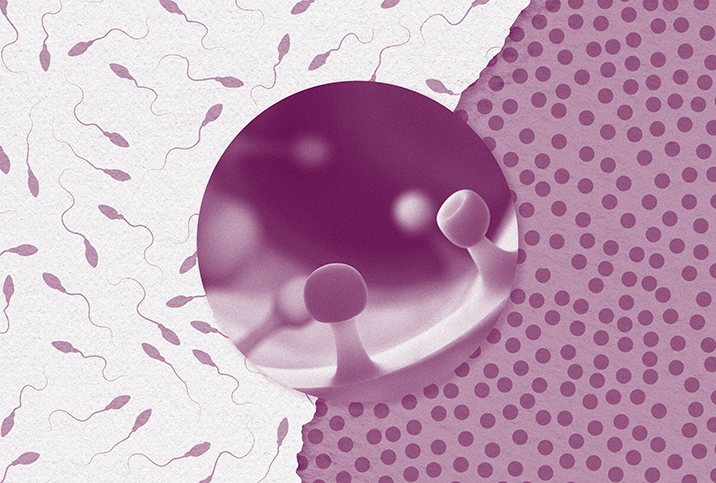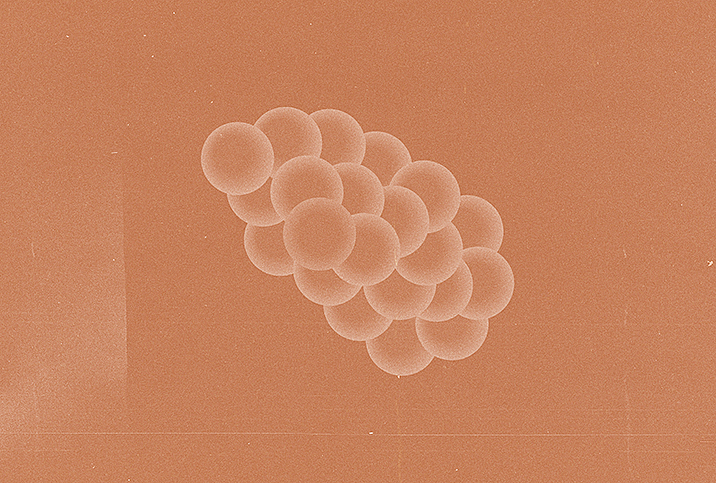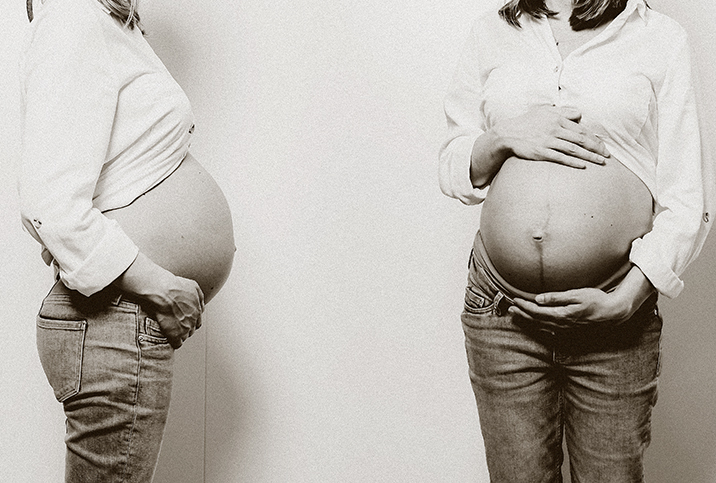Removing Uterine Polyps Can Boost Fertility

The connection between uterine polyps and infertility is only somewhat understood by endocrinologists and OB-GYNs, but clinical trials have shown that a polypectomy can improve pregnancy rates in women who have uterine polyps, according to Zain Al-Safi, M.D., assistant clinical professor of reproductive endocrinology and infertility in the Department of Obstetrics and Gynecology at the David Geffen School of Medicine at UCLA.
"The effect of polyps on reproduction is somewhat unclear but can be attributed to the distortion of the uterine cavity, inflammatory reaction and resistance to hormones that would ultimately affect implantation of the embryo," Al-Safi said in an interview.
"A number of possible causes have been suggested, such as overgrowth in the uterine lining, which is known as endometrial hyperplasia, as well as enzymatic changes or genetic mutations," Al-Safi explained. "In reproductive-age women, the vast majority [of polyps] are benign, but they can be malignant."
Similar to fibroid tumors, polyps grow from the lining of the uterus. Polyps are typically asymptomatic, but some have been known to cause heavy menstrual bleeding, intermenstrual bleeding or bleeding after the onset of menopause.
"Polyps are benign and soft, while uterine fibroids—benign growths from the muscle of the uterus—are more solid in texture, and bigger in size," Al-Safi told us.
While fibroids in some cases are metastatic, polyps are not, according to research indicating that fibroid tumors can be caused by the hereditary leiomyomatosis and renal cell cancer (HLRCC) gene.
When polyps strike, they appear as lesions that can impact fertility by occupying space in the uterus, preventing embryo implantation or sperm from being transported to the fallopian tubes.
Women seeking fertility assistance, through in vitro fertilization (IVF) or other means, should know that endometrial polyps are not responsive to progesterone stimulation, stated Sara Mucowski, M.D., of Dallas IVF, a fertility treatment center. If sperm tries to implant on the polyp, it could fail.
'In reproductive-age women, the vast majority [of polyps] are benign, but they can be malignant.'
"There is also suspicion that endometrial polyps can cause local inflammation within the uterine cavity...and could negatively impact endometrial receptivity to embryo implantation," Mucowski told us.
The recommended treatment for uterine polyps "is polypectomy, ideally through hysteroscopy, which involves visualizing the uterine cavity with a camera and removing [the polyp] under visualization," Al-Safi said. He added that randomized trials have shown pregnancy rates can increase twofold after this procedure.
A study of 215 women in the peer-reviewed journal Human Reproduction found that those who had polyps removed prior to intrauterine insemination (IUI), in which sperm is injected internally, had a pregnancy rate of 51.4 percent, compared to just 25.4 percent for the control group that did not undergo polypectomy. A second study of 171 women in the journal Clinical and Experimental Obstetrics & Gynecology also found that pregnancy rates increased for women who had their uterine polyps removed, compared to those who did not.
Additionally, Al-Safi stated that endometrial polyps are unrelated to polyps in other parts of the body, so surgery "and removal of the polyps would not be associated with the appearance of polyps elsewhere."
"Given that the removal of endometrial polyps with hysteroscopic polypectomy is a relatively quick and low-risk procedure that may be done in the office without the need for anesthesia, most fertility doctors will recommend polypectomy in hopes of making the endometrial cavity as hospitable as possible prior to embryo transfer due to the immense financial and emotional investment of IVF and the limited number of embryos available for transfer," Mucowski said.
"When polyps are found in women undergoing IVF treatment," Al-Safi added, "we recommend polyp removal through polypectomy prior to embryo transfer."


















